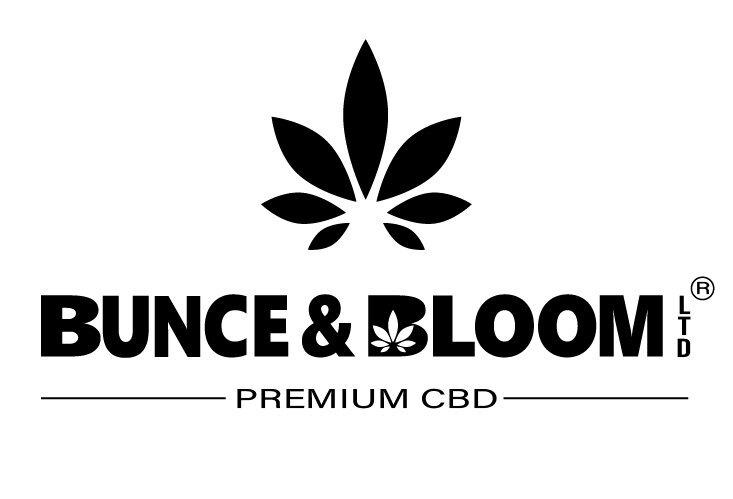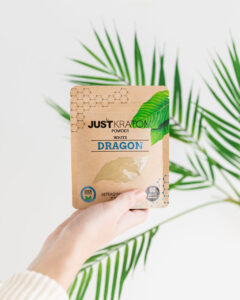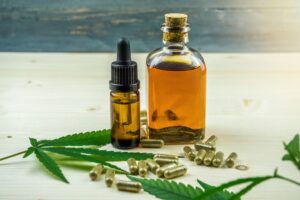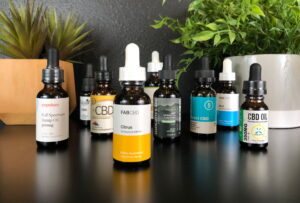Introduction
Cannabidiol, commonly known as CBD, has gained significant popularity in recent years for its potential health benefits. Derived from the hemp plant, CBD is a non-psychoactive compound that has been associated with various therapeutic properties, such as pain relief, anxiety reduction, and improved sleep. One of the most common ways to consume CBD is through CBD oil. In this comprehensive guide, we will explore different CBD consumption methods using CBD oil, their benefits, potential drawbacks, and tips for finding the most suitable method for your needs.
Understanding CBD Oil
CBD oil is created by extracting CBD from the hemp plant and then diluting it with a carrier oil, such as coconut, hemp seed, or olive oil. The resulting product is a versatile substance that can be ingested, applied topically, or even added to various products. Before delving into the consumption methods, it’s essential to grasp the two main types of CBD oil: full-spectrum and isolate. Full-spectrum CBD oil contains a range of cannabinoids, including trace amounts of THC (tetrahydrocannabinol), which is the psychoactive compound in cannabis. On the other hand, CBD isolate is pure CBD, devoid of any other compounds. The choice between these two types depends on individual preferences and potential sensitivities.
Popular CBD Consumption Methods
Sublingual Consumption
Sublingual consumption involves placing a few drops of CBD oil under the tongue and holding it there for about 60 to 90 seconds before swallowing. This method allows for quick absorption through the sublingual glands, which can lead to faster effects compared to ingestion.
Benefits
Sublingual consumption offers rapid onset of effects, making it suitable for those seeking immediate relief from issues like anxiety or pain.
Drawbacks
The taste of CBD oil can be quite potent and may not be pleasant for everyone. Additionally, dosing accurately with this method can be challenging.
Ingestion
Ingesting CBD oil involves adding it to food or beverages, such as smoothies, coffee, or capsules. When ingested, CBD passes through the digestive system before entering the bloodstream, resulting in slower onset but potentially longer-lasting effects.
Benefits
Ingesting CBD is discreet and can easily be incorporated into daily routines. The effects tend to last longer compared to sublingual consumption.
Drawbacks
The digestive process can lead to delayed effects, and the bioavailability of CBD can be reduced as it passes through the liver.
Topical Application
CBD oil can be applied directly to the skin as a topical solution. This method is commonly used for localized relief from conditions like pain, inflammation, and skin issues.
- Benefits: Topical application allows for targeted relief to specific areas of the body without affecting the whole system. It’s ideal for addressing skin conditions or sore muscles.
- Drawbacks: The effects of topically applied CBD may be limited to the area of application and may not penetrate deeply enough for certain issues.
Vaping
Vaping involves inhaling vaporized CBD oil using a vaporizer or vape pen. This method offers fast absorption through the lungs and has gained popularity among those looking for immediate relief.
Benefits
Vaping provides quick onset of effects and higher bioavailability compared to ingestion. It’s suitable for individuals who are already familiar with vaping.
Drawbacks
The long-term health effects of vaping are still being studied, and there are concerns about potential lung irritation or other respiratory issues.
Factors to Consider When Choosing a CBD Consumption Method
- Onset and Duration of Effects: Consider whether you need immediate relief or longer-lasting effects. Sublingual and vaping methods offer quicker onset, while ingestion provides sustained effects.
- Personal Preferences: Some methods may be more convenient or appealing to you than others. For example, if you’re already a vaper, vaping CBD might fit seamlessly into your routine.
- Targeted Relief: If you’re addressing a specific area or issue, like joint pain, topical application might be the most effective choice.
- Dosage Accuracy: Some methods, such as sublingual consumption, allow for more precise dosing than others.
- Bioavailability: Different methods offer varying levels of bioavailability, affecting how much CBD actually reaches your bloodstream.
Tips for Using CBD Oil Effectively
- Start Low and Go Slow: If you’re new to CBD, begin with a low dose and gradually increase until you find your optimal dosage. This helps you gauge your body’s response and avoid potential side effects.
- Quality Matters: Choose high-quality CBD oil from reputable manufacturers. Look for products that undergo third-party testing to ensure accurate labeling and absence of contaminants.
- Consult a Healthcare Professional: Before incorporating CBD into your routine, especially if you have existing health conditions or take medications, consult your healthcare provider to ensure it’s safe and appropriate for you.
- Be Patient: CBD’s effects can vary from person to person and may take time to become noticeable. Consistent use over time can lead to more pronounced benefits.
- Stay Informed: As research on CBD continues to evolve, stay updated on the latest findings, dosage recommendations, and consumption methods.
In Conclusion
CBD oil offers a versatile and effective way to experience the potential health benefits of CBD. Whether you choose sublingual consumption, ingestion, topical application, or vaping, understanding your preferences, needs, and the characteristics of each method is essential to make an informed decision. As the CBD landscape continues to develop, staying informed and consulting with experts will help you navigate the world of CBD consumption with confidence. Remember that individual responses to CBD can vary, so finding the right method may involve some experimentation and patience.
- Graysexuality: The Intersection Of Desire And Emotional Connection - May 8, 2025
- Marionette Lines Filler Near Farnham, Surrey - May 7, 2025
- Downturned Smile Treatment Near West Horsley, Surrey - May 6, 2025





